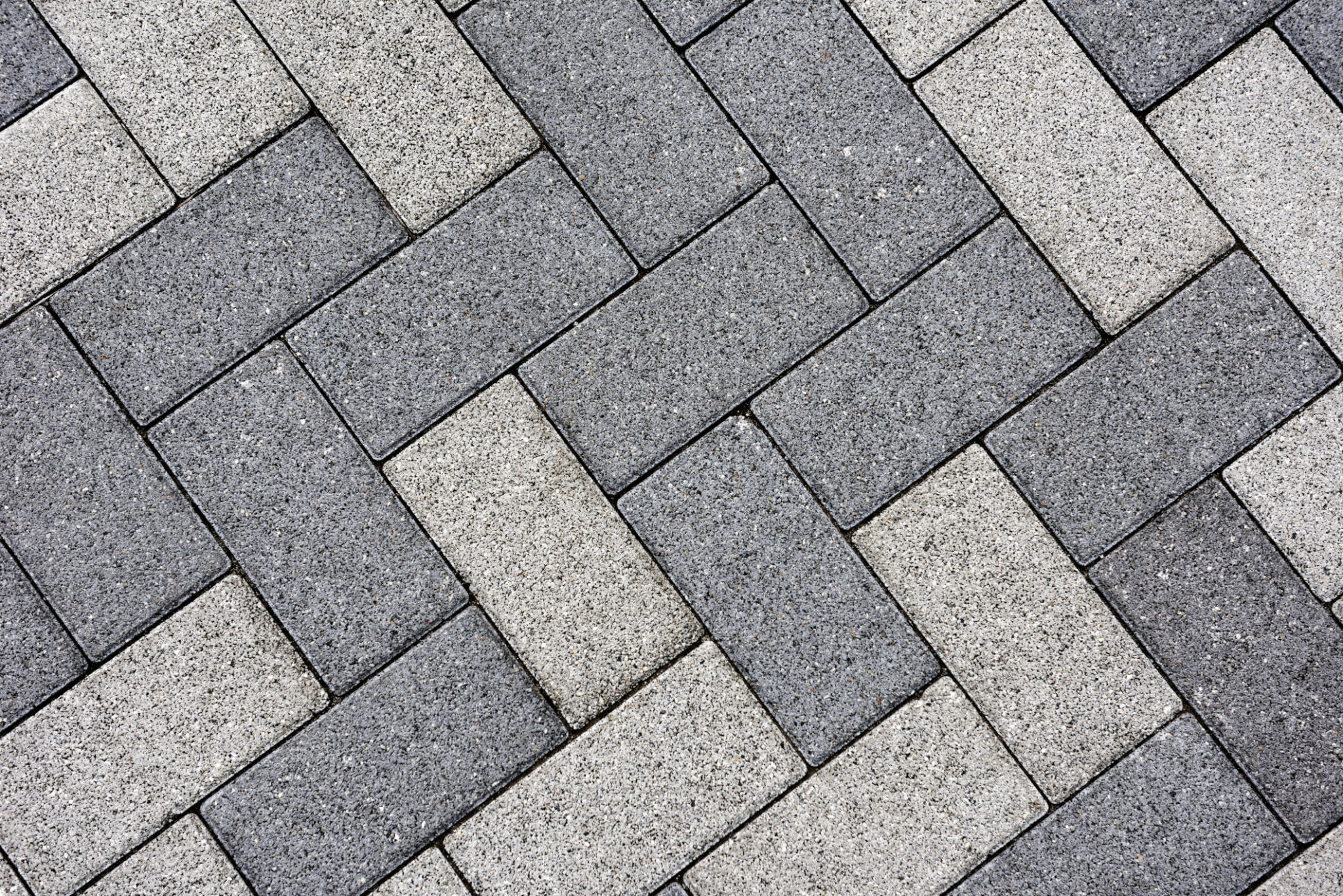A Complete Guide to Patio Installation in Sutton Coldfield
PP
Understanding Your Patio Needs
Before diving into the installation process, it's crucial to understand your specific patio needs. Consider the purpose of your patio: will it be a space for relaxation, a dining area, or a place for entertaining guests? The purpose will guide your choices in terms of size, materials, and additional features.
Consider the amount of space available in your garden. Measure accurately to ensure your new patio fits well within your garden layout. Keep in mind that a well-planned patio can significantly enhance the overall aesthetic and functionality of your outdoor space.

Choosing the Right Materials
The choice of materials is pivotal in patio installation. Common options include concrete, natural stone, brick, and paving slabs. Each material has its benefits and aesthetic appeal. For instance, natural stone offers a timeless and elegant look, while concrete is often more affordable and versatile.
When selecting materials, consider factors such as durability, maintenance, and climate suitability. Sutton Coldfield experiences varied weather conditions, so it's essential to choose materials that can withstand local weather patterns.
Designing Your Patio
Once you've decided on the material, focus on the design. Think about the shape and layout that will best suit your garden. Popular designs include rectangular, circular, and free-form shapes. When planning the design, ensure it complements the existing landscape and architecture of your home.

Incorporate features such as planters, lighting, and seating to enhance functionality and charm. Creating zones within your patio can also help define areas for different activities, such as lounging or dining.
Preparing the Ground
Preparing the ground is a critical step in patio installation. Start by clearing the area of any debris or vegetation. Next, mark out the area for your patio with string or spray paint. Excavate the marked area to the required depth, which typically includes space for base material and the final surface layer.

Ensure that you have a solid foundation by compacting the soil and adding a layer of crushed stone or gravel. This base layer helps with drainage and provides stability for the patio surface.
Laying the Patio
With your base prepared, it's time to lay the patio surface. Begin by laying out the chosen materials according to your design plan. Be sure to leave even spacing between pavers or stones for a uniform look. Use a level to check that each piece is evenly placed.
Once all materials are laid out, fill in the gaps with sand or mortar mix to secure them in place. This step ensures that everything stays intact and prevents shifting over time.

Finishing Touches
With your patio laid out, focus on the finishing touches to enhance its appearance. Sealants can be applied to certain materials like stone or brick to protect them from weathering and staining. Additionally, installing edging around your patio can provide a clean and finished look.
Consider adding outdoor furniture, potted plants, or decorative elements to personalize your newly installed patio. These additions can create a welcoming atmosphere and make your outdoor space more inviting.
Maintaining Your Patio
Regular maintenance is key to preserving the appearance and functionality of your patio. Sweep away debris regularly and clean surfaces as needed to prevent staining and moss growth. Depending on the material, you may need to reseal surfaces periodically to maintain their integrity.

Inspect your patio for any signs of damage or unevenness. Addressing these issues early on can prevent more significant problems down the line and ensure your patio remains a beautiful feature of your garden for years to come.
Conclusion
A patio can be a transformative addition to any garden in Sutton Coldfield, providing a versatile space for leisure and entertainment. By carefully considering your needs, selecting appropriate materials, and following a structured installation process, you can create an outdoor oasis that enhances both the value and enjoyment of your home.
